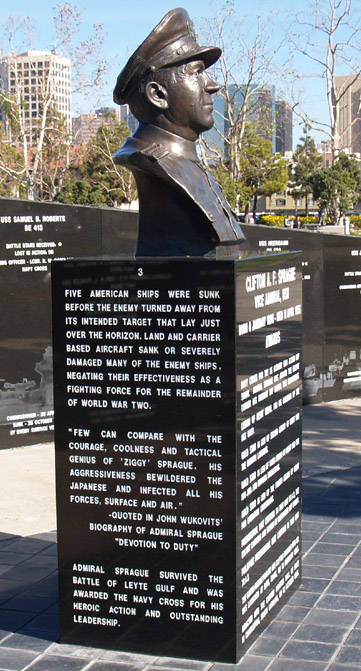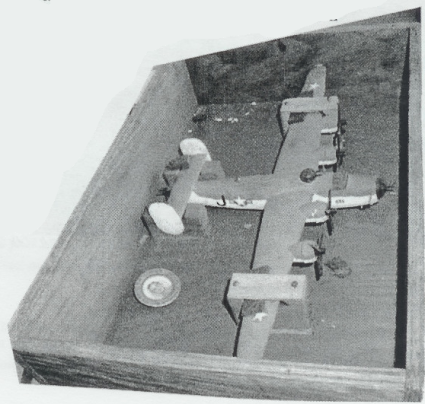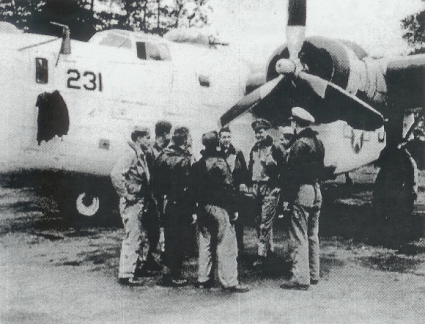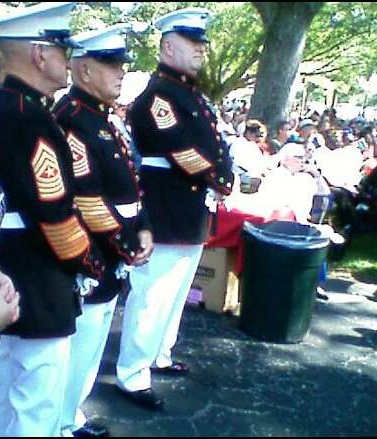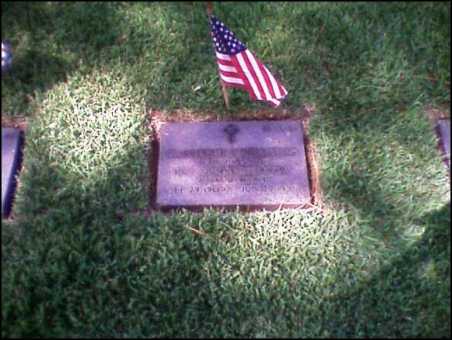On Oct 2nd, 1992, the day of the USS SARATOGA (CV60)/TCG MAUVENET (DM57) incident, I had been at my job for 2 1/2 years. I was assigned as the Combat Systems Assessment (CSA) Officer for Commander, Naval Surface Forces, Atlantic (CNSL), but we were in the process of reorganizing into the Afloat Training Group (ATG) command, as the Combat Systems Training Group (CSTG). My specific duties included the management of the process by which surface ships (this being a US Navy distinction, where aircraft carriers, and submarine tenders were not considered “surface ships” organizationally, as they “belonged” to the aviation or submarine Type Commanders respectively). I had played a significant role in redefining the inspection process, making it less of a material and safety look, and more of an operational/functional look, which put not just the crew’s capabilities in the spot light, but also how the chain of command handled internal training in combat systems/operations. My interaction with the events of that day did not being until Feb of 93. Background:
As the Department Head for the CSA shop, I most regularly was aboard two ships a week, in the Atlantic Fleet area (from Newport, RI, to Mayport, FL), but we were based out of Naval Amphibious Base (NAB) Little Creek, VA. My team, comprised of my own departmental personnel, and augmented by subject matters experts from the warfare training departments, was nominally about 12 – 15 enlisted, and one other officer as my assistant.
The CSA Inspection had been formally modified the prior August to have use first inspect the watchbills of the ship, followed by validating the proper qualifications in selected watchstander’s service records. We provided the same look at the ship’s combat Systems Training Team (CSTT), ensuring they had been properly training and qualified to train their shipmates. We also looked at key administrative programs and operational documents. I normally would check the ship’s use of the Personnel Qualification Systems (PQS), and LT Wycoff would inspect the use of the Explosives Handling Program/Qualification Certification Program (EHPQCP), which was put in place as the result of the fires aboard the USS FORESTAL (CV-59) and USS ENTERPRISE (CVN-65) off of Vietnam many years before. PQS had grown out of the Vietnam era as well, beginning in the Engineering world to standardize training and qualification methods aboard ship. As the impetus to create both of those programs were founded as a result of major fires aboard carriers, and many deadly engineering casualties, we treated them as foundational programs, necessary to safe and effective combat operations. My other team members reviewed many other programs and all of us would walk the major combat systems equipment and operational spaces, checking for safety issues.
Once completed, we would then (usually after lunch) begin the practical portion of the inspection, with the ship’s CSTT briefing the exercises they had planned for the watch teams. In addition to basic assignments of the CSTT members, they were required to specifically list what actions by the watchstanders would be simulated, and how they would be simulated. In addition, what safety considerations/procedures would be put in place during the exercise to make sure accidents didn’t occur, and everyone was fully aware of what would happen live, and what would be approved to “have been carried out.” While our goal was to ensure the ship’s operated well as individual units (my team’s charter), we took our mission seriously in regards to safety. Thankfully, across three years of inspecting, it was a rare occasion where my team or I had to stop things for safety reasons. Our advantage was the years and depth of experience that went aboard each inspection with me, or another senior officer. We had seen things, been trained in things, and brought that view to all we did. While we did not represent the captain’s CSTT, we were there to pass along how it was done, so the ship’s company would be able to operate as my team did.
Beyond safety, the myriad of other procedures used were apart of our daily emphasis:Â Combat Systems Doctrine, operational watchstanding and communications, Battle Orders, and Rules of Engagement (ROE), and the technical capabilities of the weapons and sensors used in combat operations.
Now, to catch up to my involvement. In early February 1993, CAPT Phil Balisle stepping into my office and told me I had been assigned to visit every Atlantic Fleet ship that had NATO Sea Sparrow installed, and to validate the crew’s understanding of the safe and effective operation of the equipment in a tactical scenario. Assigned to me were LCDR Don Diehl, presently attached to USS GEORGE WASHINGTON as the CDC Officer. FCCS(SW) Goss from Naval Guided Missile School, and FCC(SW) Dann of my office, CSTGLANT. FCCS Goss and FCC Dann were 1157 NSSMS technicians, which included the operator qualifications for using NSSMS.
I was put in touch with my counterpart from the Pacific Fleet, and within a few days, we had standardized the re-certification process. I pushed for and got, the conduct of a simulated engagement, run by the ship’s CSTT, to allow use to gauge the future capabilities of crews to properly maintain training and readiness.
Other included checks would be the qualifications of the watchstanders and the CSTT members, safety checks on the equipment, review of the EHPQCP records for completeness, and oral exams of the watchstanaders.
This was done, by my team, on all ships in the Atlantic Fleet, this time to include aircraft carriers. we ended up inspecting and certifying all of the units, with only one, the USS SEATTLE (AOE3), needing a reinspection, based on the records of qualifications not being properly documented. That earned the team a second visit to Naval Weapons Station Earle, NJ.
While not every inspection was perfect, the results of single ship redo was good. The highlight, I recall was the USS MOOSBRUGGER (DD-980) under then CDR Mike Moe, who had been a shipmate of mine years before, but his team was well trained and exceptionally competent in their operations and qualifications.
During the conduct of the oral examinations, LCDR Diehl, who had been flown to Naples to provide subject matter expert testimony to the Court of Inquiry, heard the entire testimony. He indicated, as is shown in the formal JAGMAN of the incident, that a lack of understanding of a the terminology “arm and tune” seemed to be the point where communication broke down, and then to belief this was to be an actual firing worked it’s way into the series of orders and actions. He also indicated, not covered in the report, that the FOC and ROC operators had been rousted out of their racks, in a non-routine schedule, about 2345, and told to get up and man their equipment right now. The confusion of such a significant request, at an odd hour seemed to Don to not have helped any in the assessments each sailor was making that night, leading to the mis-communications.
COMNAVAIRLANT had not adopted a formal establishment of the CSTT concept, which had been a Surface type commander requirement (by formal instruction) for several years. Some carriers had them, to some degree or another, and a few did not formally use the concept.
Following all of this, COMNAVAIRLANT (and I’m sure COMNAVAIRPAC) added a formal instruction for the establishment and organization of CSTTs on their units. When this accident occurred, my first thoughts in 92 were “I wondered how the CSTT let that happen?” The implementation of the CSTTs, then on surface ships and later on the aviation ships, was a safety measure to help prevent such occurrences. The simulation of actually firing the weapons, given the time of day (0002 L) would have been briefed, and the crew would have been required to verbally describe how they would have placed the system in a firing state to several of the CSTT members (one in the NSSMS Equipment room, and at least one in CDC withe the TAS Operator and SWC and TAO).
While none of this provides consolation to those who lost family members, I spent the next four months, traveling all the way to Hurgada, Egypt in one case, to validate the Fleet’s understanding of this important issue of safely training and operating. Deployed ships were not spared from a visit from an inspection team, and only the USS O’BANNON (DD-987), then in overhaul, did not get visited by my team. If I recall, there was an action item for a visit from the CSTG when the ship became operational again.
The use of many training methods, well entrenched in the Surface Ship Community, and with mostly in the Aviation Navy, had been able to keep such accidents from happening all along, and certainly have helped in preventing them since. As with our own internal experience with the fatal fires aboard USS FORESTAL (CV-59), lives were lost, but it gave rise to a long standing qualification process of weapons handling, to reduce our chances of such occurrences again.


